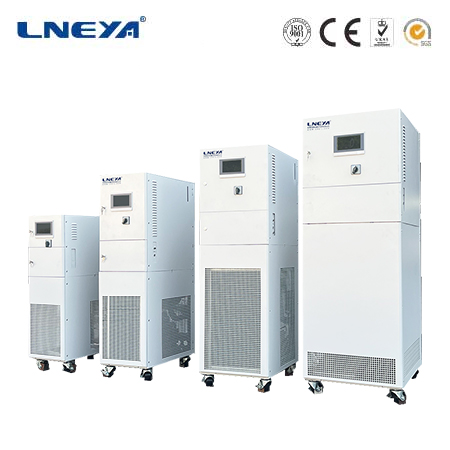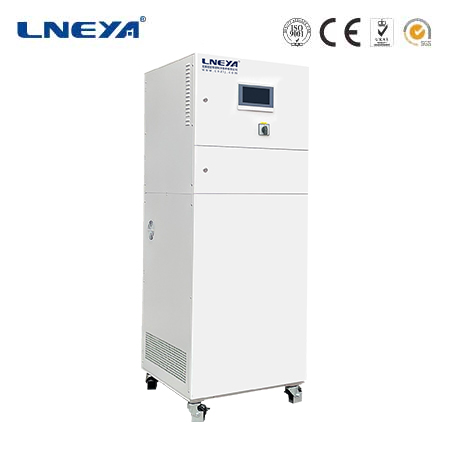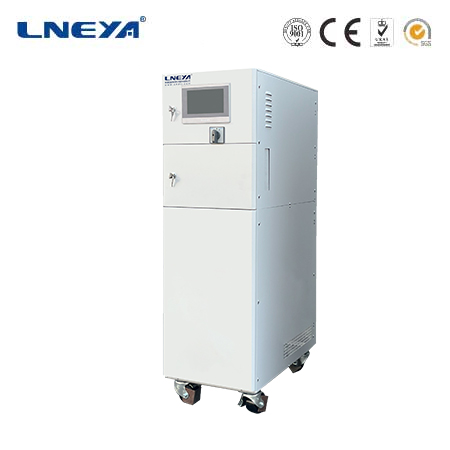external chiller
External Chillers: Types and Operation
External chillers are refrigeration units used to cool fluids, typically water or glycol, which are then circulated through heat exchangers to provide cooling for processes or buildings. These chillers can be categorized into air-cooled and water-cooled systems based on how they dissipate heat to the environment.

Air-Cooled Chillers: These chillers use fans to dissipate heat from the condenser, making them suitable for areas with limited water resources or where water conservation is a priority. They are generally easier to install and maintain due to their simpler design compared to water-cooled systems.
Water-Cooled Chillers: These chillers use water from a cooling tower or another water source to dissipate heat. They are more efficient in larger units or high-cooling applications due to water’s higher heat transfer capacity compared to air.
Advantages of External Chillers
External chillers offer several advantages, including:
Flexibility: They can be easily integrated into existing systems or used as standalone units, providing flexibility in cooling solutions.
Efficiency: Advanced control systems allow for precise temperature control, improving energy efficiency and reducing operational costs.

Reliability: External chillers can be designed for continuous operation, ensuring reliable cooling for critical processes.
Applications of External Chillers
External chillers are used in a variety of applications, including:
Industrial Processes: They maintain optimal temperatures in manufacturing processes, such as plastic injection molding, chemical reactions, and food processing.
HVAC Systems: In heating, ventilation, and air conditioning systems, external chillers provide cooling for large buildings, data centers, and commercial spaces.
Laboratory and Research Facilities: They offer precise temperature control for scientific equipment and experiments, ensuring accurate results.
Chiller Sequencing and Load Optimization

Optimizing the operation of multiple chillers involves chiller sequencing and load optimization. Sequencing optimization determines the most efficient order in which chillers should operate based on their performance characteristics and the cooling load demand. Load optimization, on the other hand, involves distributing the total cooling load among the operating chillers to maximize energy efficiency.
Energy Efficiency and Carbon Neutrality
External chillers play a significant role in achieving energy efficiency and carbon neutrality goals. By improving chiller performance and reducing energy consumption, external chillers contribute to reducing greenhouse gas emissions and meeting sustainability targets in various industries.
Conclusion
External chillers are essential components of modern temperature control solutions, offering flexibility, efficiency, and reliability in a wide range of applications. As the focus on energy efficiency and sustainability grows, the role of external chillers in achieving these goals becomes increasingly important. Understanding the Different types of external chillers and their operation is crucial for selecting the most appropriate cooling solution for specific needs.
Related recommendations
chiller store
448The Role of Chiller Stores in Industrial and Commercial Cooling SolutionsChiller stores are vital components of the industrial and commercial cooling industry, providing businesses with the equipm...
View detailschiller operation
436The Operation of Chiller Systems Chiller systems are essential in various industries for cooling applications, and their operation is based on well-established refrigeration principles. The pro...
View detailstemperature in chiller
475Introduction to Temperature in Chiller Systems Chiller systems are essential in maintaining specific temperature ranges for a variety of applications, from HVAC in buildings to industrial proce...
View detailsline chiller
409A Complete Guide to Line ChillersLine chillers are an essential part of many industrial production lines. They are designed to cool a specific process fluid, usually water or a water - based solut...
View details
 LNEYA Thermal Test Chillers
LNEYA Thermal Test Chillers






HelloPlease log in